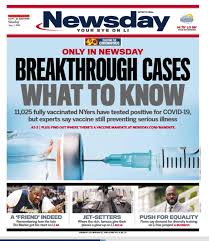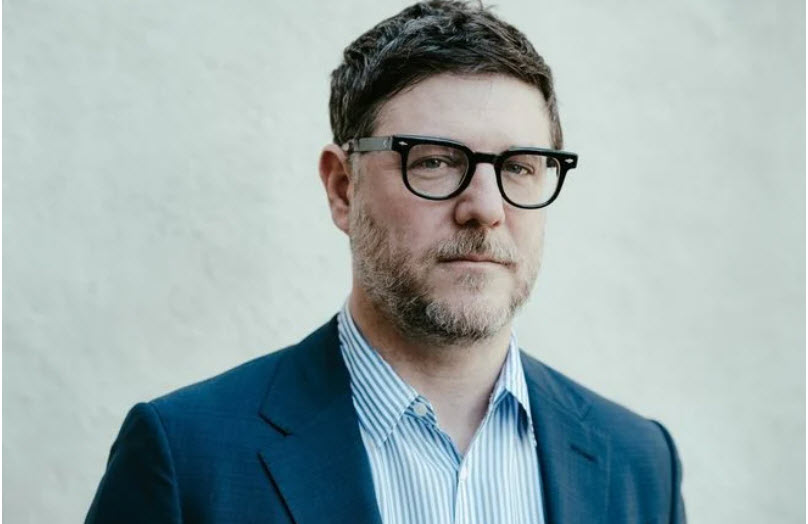Explicit Vs. Implicit Brand Values.
I was listening to the radio the other day and a spot came on for a hospitality company. The copy ended with line “A place for all occasions.” Since a key brand strategy application is messaging (AKA advertising) I couldn’t help myself from twinging. (It’s a curse, I know.)
A place for all occasions may be meaningful to the marketing or ownership team but it’s not to the radio listener. I can just imagine the client telling the writer, “Our revenues are good in weddings, but we need more parties” or, “I’m making money on the weekends but need bookings during the week.” To which the copywriter might have responded, “How about we close with a new tagline A place for all…”
Here’s the thing, marketers’ problems are not consumers’ problems. You can’t tell consumers what you want them to do. You have to tell them why — thereby encouraging them to want you. Solve their problems. As a consumer, I don’t want a hospitality location for all occasions, I want one for my occasion.
That’s why brand strategy planks are values.
Heineken once found out people were drinking their beer more during the day than at night. More as a refreshment or lunch beer. They didn’t come out and tell people to drink at night. They celebrated the night life and let consumers make their own decision. Heineken gets branding.
Great brand strategy is implicit rather than explicit. Get the care-abouts right, get the good-ats right, and you get the brand right.
Peace.








